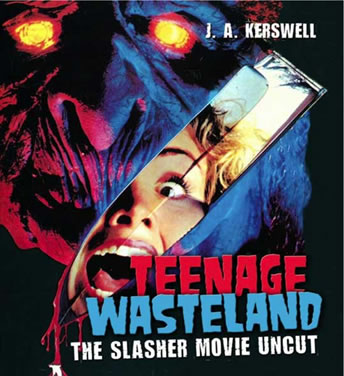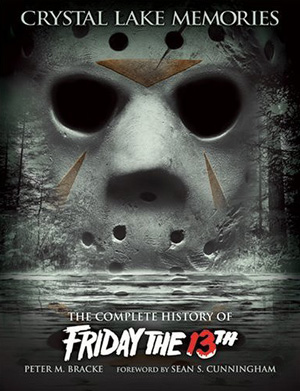Today is all about reading.
I’m not going to suggest a bunch of horror fiction to you, because outside of
Stephen King I really don’t read much of it. Today, I’m going to discuss
non-fiction in and around the horror genre, more specifically books related to horror cinema.
Starting with the King, this
is his best work. No, I’m not going to discuss it with you – this book is
probably responsible for more of my horror fandom (and youthful King fandom)
than any other.
In short, it’s his overview of
the realm of horror at the time of writing. In several sections, mixed in with
anecdotal and autobiographical elements, he goes through the worlds of cinema,
television and fiction (with a brief side-trip to radio) and details some of
the great and not-so-great examples of horror they have given us up to that
point. His perspective on them is sometimes more interesting than the
films/shows/books themselves.
If you like King and haven’t
read this, read this. I would love to read a follow-up covering the last thirty
years or so of horror through his eyes, but I’ll have to settle for the forenote
to the 2010 edition entitled “What’s Scary”, a short essay on much the same
topic.
One of the best books on the
slasher subgenre and its place in horror history – later adapted into a
documentary film by the same name. Breaking down a broad but workable
definition of slasher movies, he then works his way through the precursors of
slasher film, including grand guignol and giallo – before running through a
history of the genre.
Intelligently written without
falling too deep into academia, this is a book that should be on the shelves of
anyone with an interest in the subgenre...well, if you can actually find a
reasonable priced copy, that is. Even the Kindle version is just under £16, a
bit much for 200 black and white pages.
On the other hand, clocking in
at over 600 pages, this chunky doorstop of a book by Kim Newman is at least
available for cover price or less. Breaking down horror film from the sixties
to the present day into various subgenres, Newman gives a broad overview on
their best and worst examples and the vast majority of what falls in-between
too.
A book this inclusive loses
out a little on detail, but the depth of the overall exploration is
entertaining enough to keep you going. Clear a big space on your shelves for
this one.
Released in the USA under the
less interesting name The Slasher Movie Book, this is the only book I’ve read
on the subject that comes close to Going to Pieces, surpassing it in some ways.
Taking a more relaxed (though no less informative) tone, and filled with the
colour illustrations Going to Pieces lacks, it’s a far easier read. If you can
get past the garish colour scheme, that is.
I’ll be returning to Justin
Kerswell in a later post, but he has a deep and abiding passion for slasher
films that comes through on the page.
If you like the Friday the 13th
movies (and I do), you’ve probably already got this book. For those not in the
know, it’s a real oddity – a lavishly illustrated, glossy coffee table book on
the Friday the 13th film series, featuring in-depth and revealing
interviews with most of the people involved, arranged into an oral history. Films
like that usually don’t get this kind of coverage – it has been treated like
the most respectable mainstream product imaginable, rather than a scrappy
series of low budget dead-teenager flicks dismissed by most discerning horror
fans.
Like Going to Pieces, this was
later adapted into a documentary. A seven-hour
documentary, across two discs – with a bonus disc of extra interviews for those
that pre-ordered it.





No comments:
Post a Comment